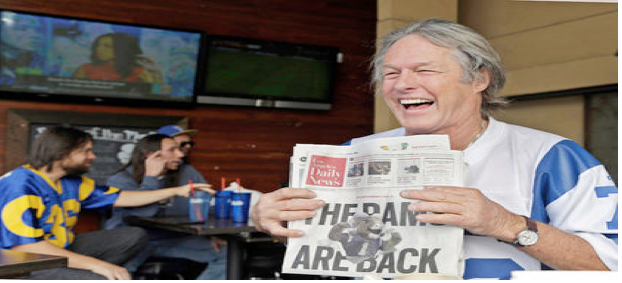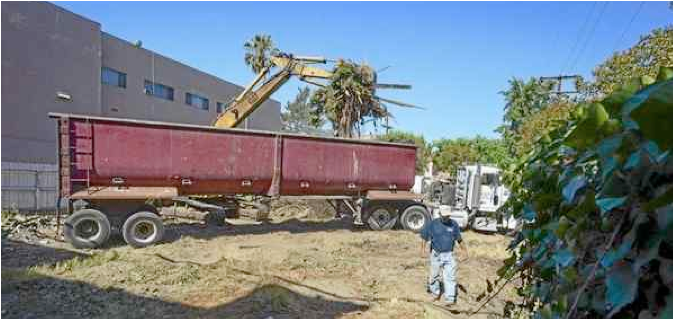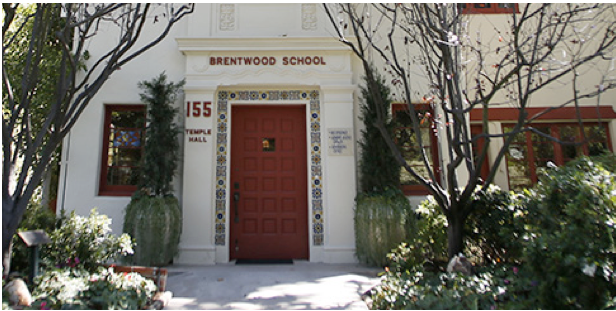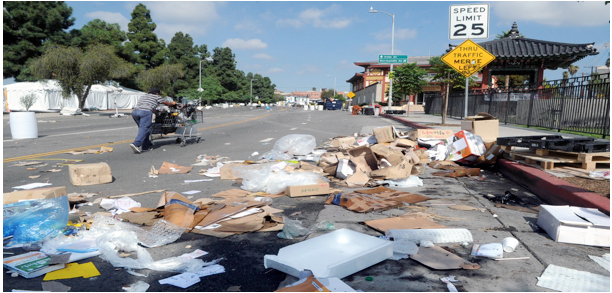Are LA Politicians Selling Off Our Neighborhoods for Campaign Contributions?
PAY FOR PLAY-Since 2000, the real-estate industry, which includes deep-pocketed developers, has shelled out at least $6 million in campaign contributions to political candidates in Los Angeles-- each election season, the industry pours hundreds of thousands into local campaign war chests. Developers expect, and receive, big favors in return. Neighborhood activists say it’s a sure sign that our city’s development-approval system is rigged and broken — and desperately needs true reform.
“Six million dollars is just the tip of the iceberg,” says City Hall watchdog and CityWatch columnist Jack Humphreville. “When you bundle all the lobbying fees by the real estate developers, lobbyists, lawyers, consultants and all their cronies, the campaign contributions are just a drop in the bucket. And this does not include helping fund the pet projects of the Mayor and City Council.”
In fact, developers consistently pay their lobbyists hundreds of thousands to woo City Hall politicians and bureaucrats to win approvals for mega-projects.
For the massive NoHo West project in North Hollywood, (note aerial photo of proposed project above) employees for the development firm Merlone Geier gave $6,500 in campaign contributions to LA politicians between 2008 and 2015, and the developer paid $240,182 for a City Hall lobbyist to schmooze with the City Council, the Planning Department and the Building and Safety Department.
In Koreatown, developer Michael Hakim, who wants to build a 27-story residential skyscraper in the middle of a low-slung, working-class neighborhood, paid $41,400 for a lobbyist to chat up LA Planning Department officials so he could get a big gift from the City Council: a special “General Plan amendment” and a “height district” change.
Hakim also agreed to give $250,000 to City Council President Herb Wesson’s so-called “Community Benefits Trust Fund,” a kind of slush fund that Wesson can use to curry political favor and pay for his pet projects. Hakim has given $3,900 in campaign contributions.
“Those campaign contributions over the past decade show that City Hall has been selling out our neighborhoods to developers,” says Grace Yoo, a prominent Koreatown social justice activist and attorney. “Our development-approval system is clearly rigged and broken, and we need to fix that with the Neighborhood Integrity Initiative.”
What do developers get for spreading around such eye-popping cash to win height district changes and General Plan amendments? Many of them stand to make millions in profits. At the same time, their mega-projects often bring about the demolition of affordable housing units.
The Los Angeles Times recently found that “more than 20,000 rent-controlled units have been taken off the market since 2001, city records show. The removals peaked during the housing bubble and then bottomed out in the recession, but they have risen significantly since then.”
The paper concluded: “Looking to cash in on a booming real estate market, Los Angeles property owners are demolishing an increasing number of rent-controlled buildings to build pricey McMansions, condos and new rentals, leading to hundreds of evictions across the city.”
Alice Callaghan, a longtime, highly regarded homeless advocate who works in Skid Row, says such developer greed seriously impacts everyday Angelenos. “Developers are reaping huge profits by lining the pockets of City Council members and the mayor while taxpayers are being asked to foot the bill to shelter those made homeless by these greedy developers and politicians.”
The Neighborhood Integrity Initiative, however, looks to level the playing field, and give Angelenos more say in how their communities are developed and shaped.
Humphreville, Yoo and Callaghan all support the Neighborhood Integrity Initiative, which will be placed on the March 2017 ballot. You, too, can join the Neighborhood Integrity Initiative movement by clicking onto our Act page right now, and following and cheering our efforts on Facebook, Twitter and Instagram. You can also send us an email at: [email protected].
Together, we can create the change that LA needs!
(Patrick Range McDonald writes for 2PreserveLA.org.) Prepped for CityWatch by Linda Abrams.







